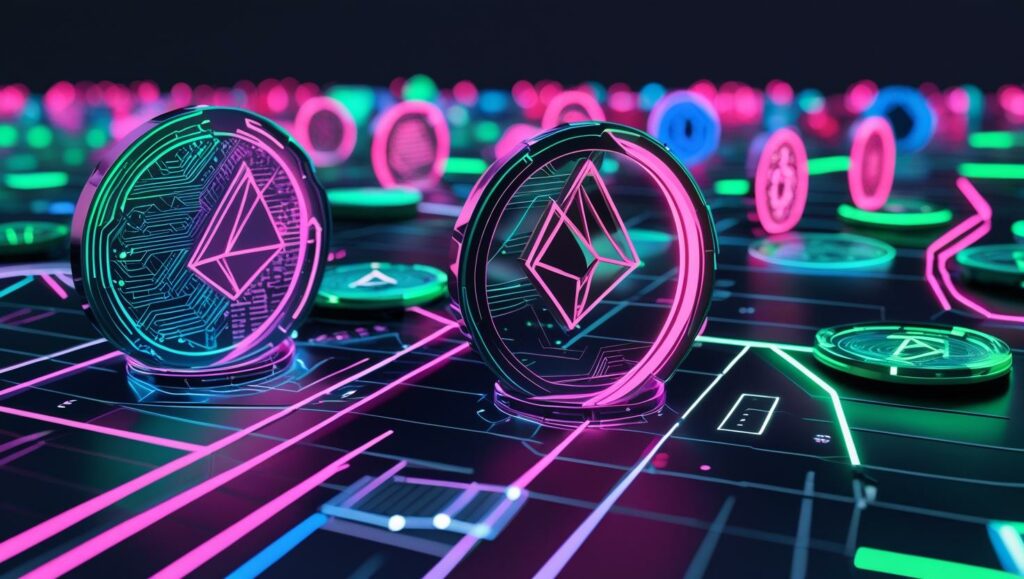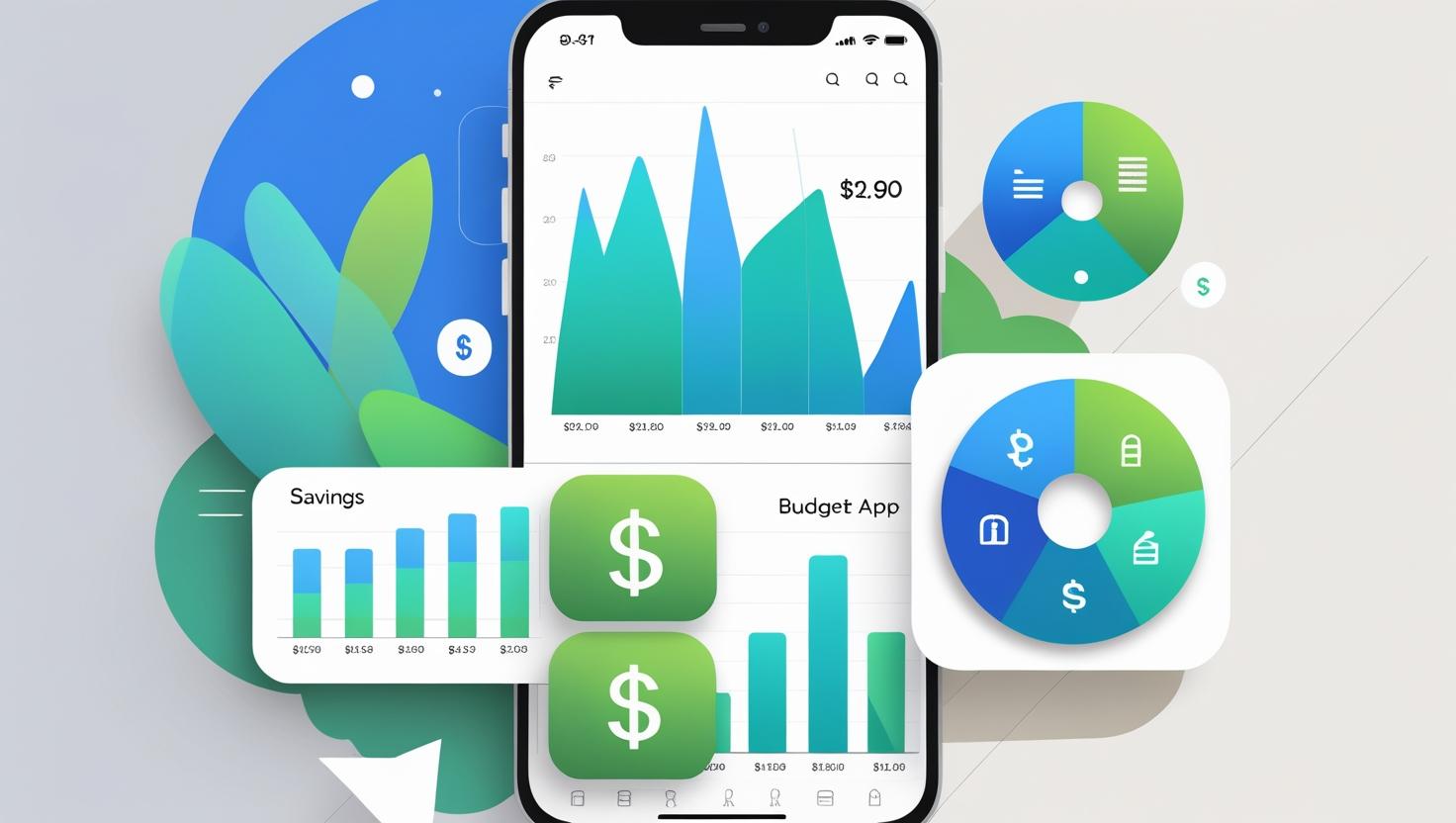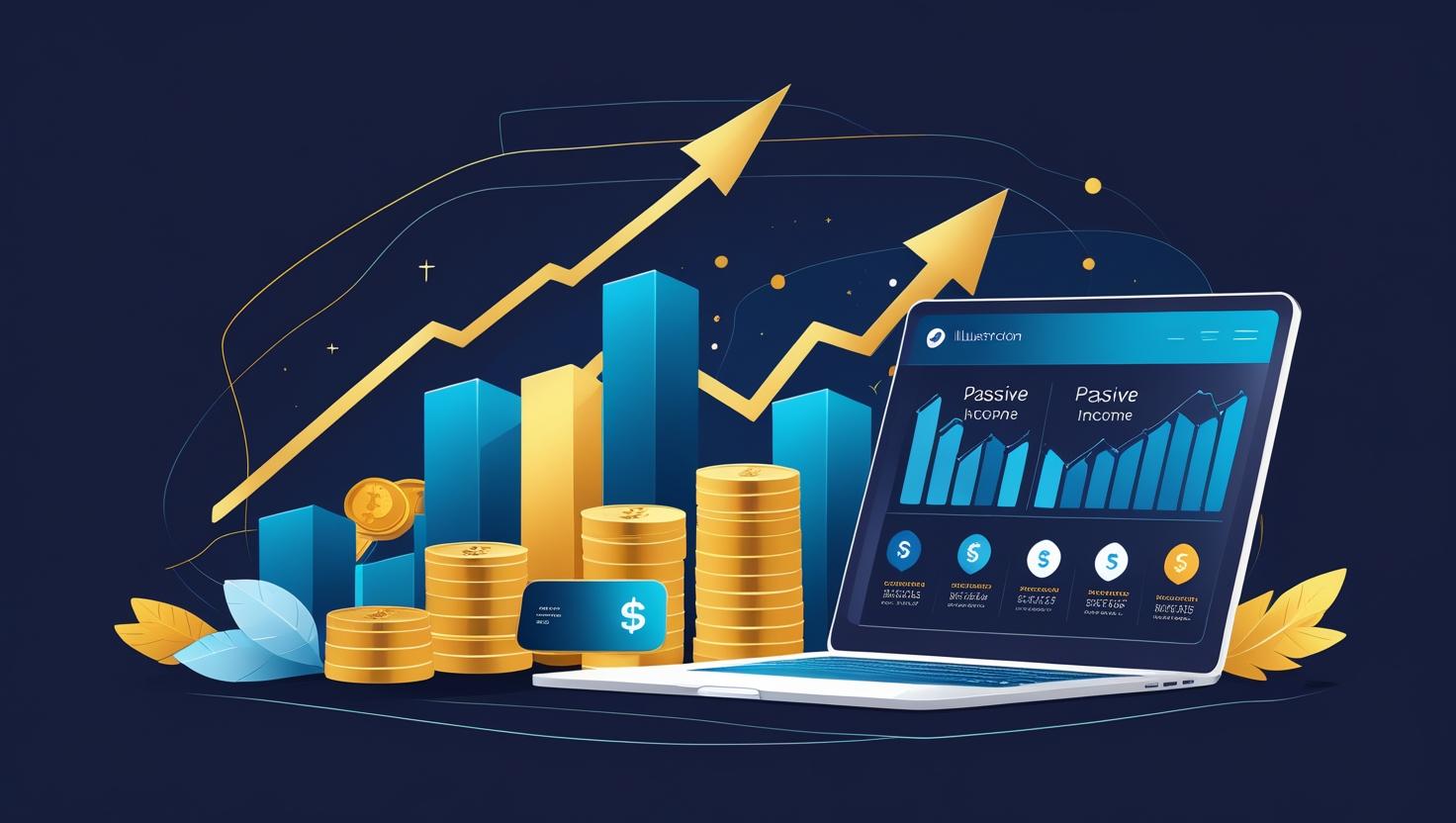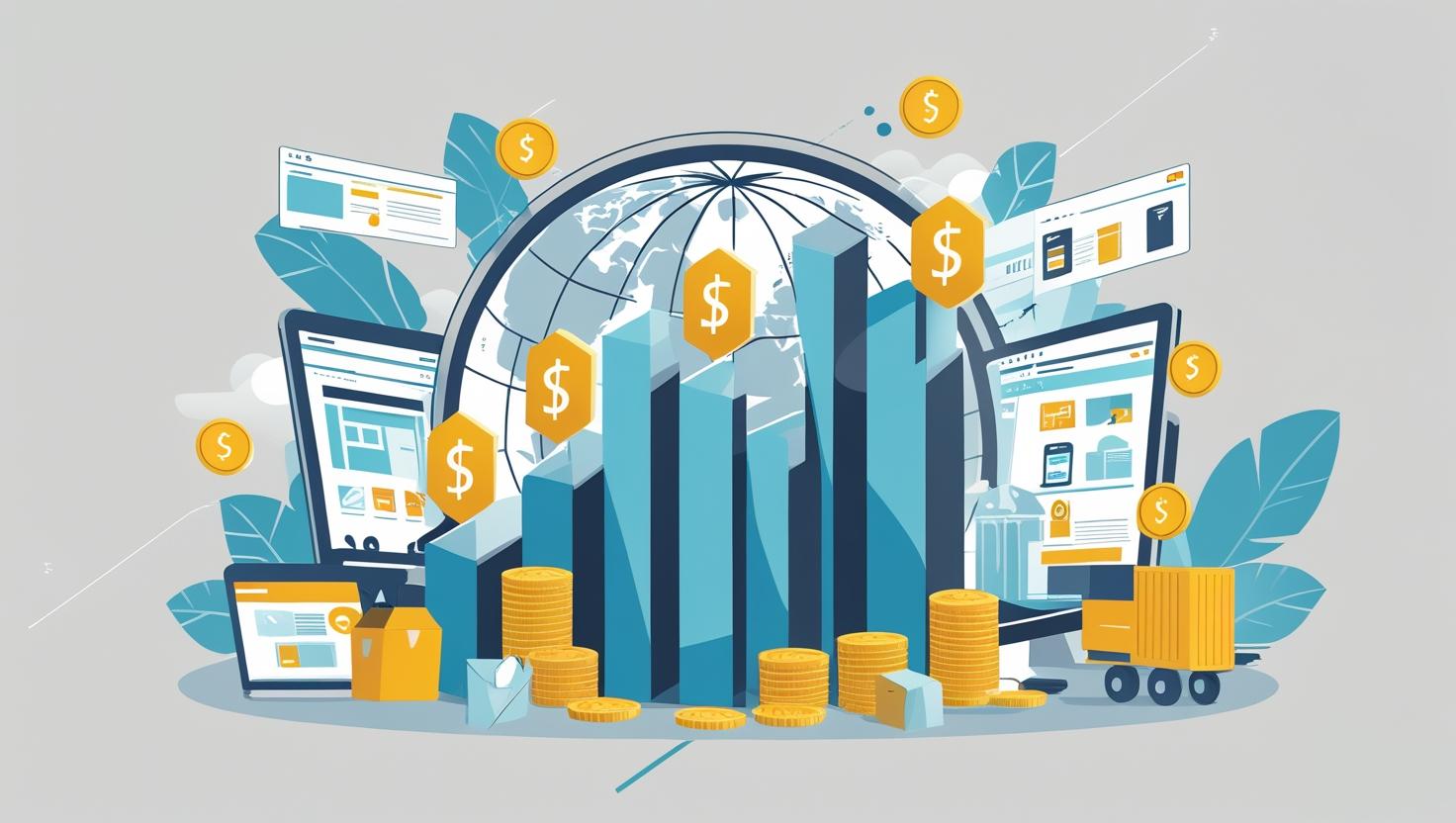The NFT space has matured drastically since its initial boom. With fluctuating markets and evolving use cases, many are wondering: Is NFT still profitable? And is it really just about digital art anymore?
The short answer: NFTs are not dead. But the way people profit from them — and what they represent — has changed. NFTs in 2025 are far more than art tokens. They’ve become instruments for digital ownership, access, identity, and utility across various industries.
Understanding NFTs in 2025
Non-Fungible Tokens (NFTs) are unique digital assets stored on the blockchain. Each token is verifiable and traceable, meaning no two NFTs are the same. Originally tied to artwork and collectibles, they now offer real-world utility in finance, gaming, event access, real estate, and more.
In today’s landscape, NFTs are increasingly seen as smart digital contracts — programmable keys that unlock experiences, services, and decentralized ownership models.
Is NFT Still Profitable Today?
The answer depends on how you define profitability. For some, it’s about flipping rare JPEGs. For others, it’s about building or investing in long-term utility-based projects. While speculative art NFTs have cooled, utility NFTs are rising steadily.
NFT profitability now hinges on:
- Utility and function beyond the art
- Community backing and roadmap execution
- Rarity and demand in niche ecosystems
- Blockchain credibility (Ethereum, Polygon, Solana)
So, yes — NFTs can still be profitable. But today’s success is tied more to smart strategy than viral hype.
Are NFTs Just Digital Art?
Originally, NFTs burst into popularity as high-priced art tokens. Bored Apes, CryptoPunks, and Beeple’s $69M sale cemented the image of NFTs as exclusive digital art. But that’s no longer the full picture.
In 2025, NFTs include:
- Gaming items (weapons, skins, avatars)
- Access passes for events, courses, communities
- Tokenized real estate and digital land
- Decentralized identity profiles
- On-chain certificates and credentials
So, no — NFTs are not just art. They’ve evolved into full-fledged tech infrastructure for the Web3 economy.
How People Still Profit from NFTs
Although wild speculation has faded, many creators, investors, and developers still earn from NFTs. Here’s how profitability is maintained:
1. Building Utility-Based Projects
NFT collections that offer real benefits — like premium memberships, tools, or learning access — often sustain long-term value. Holders profit from rising floor prices and secondary royalties.
2. Participating in NFT Gaming
Play-to-earn games like Axie Infinity, Illuvium, and Big Time allow users to earn or trade in-game NFT assets for real money. Many full-time players generate income through these economies.
3. Renting and Leasing NFTs
With the rise of metaverse and game-based assets, owners can rent out their NFTs — like land parcels or tools — to earn passive income.
4. Digital Real Estate Investment
Platforms like Decentraland and The Sandbox let users buy virtual land as NFTs. Some have developed malls, showrooms, and experiences that attract paid visitors or ad deals.
5. Selling Intellectual Property (IP)
Creators license NFT characters, stories, and visuals for merchandise, content, or media — creating streams of royalties and brand deals.
What Changed Since the 2021 NFT Boom?
The NFT gold rush of 2021–2022 brought in millions of speculators. But by 2023, many unsustainable projects collapsed, and volume dropped. That market correction reset expectations — and filtered out low-quality projects.
Now in 2025, the NFT market is healthier, more mature, and use-case-driven. Scams are fewer. Regulation is clearer. Infrastructure is more scalable thanks to layer-2 solutions like Polygon and Arbitrum.
What Types of NFTs Are Profitable in 2025?
The most profitable NFT types today often focus on function over flash:
- Utility NFTs: Memberships, discounts, service unlocks
- Gaming NFTs: Battle passes, tradable characters
- Education NFTs: Course access, certification credentials
- Event NFTs: VIP passes, ticketing with resale royalties
- Brand loyalty NFTs: Reward-based tokens from big companies
Art NFTs are still relevant — but successful ones often come with narrative, branding, and integration into larger platforms or experiences.
NFTs and Web3 Identity
One of the most promising directions is identity. NFTs now represent ownership of digital reputation, usernames, and credentials. For example:
- ENS domains (Ethereum Name Service) let you own a Web3 username
- POAPs (Proof of Attendance Protocol) verify event participation
- On-chain diplomas and badges certify skills and training
These assets are becoming foundational to how people exist and interact in the decentralized web — and holding rare ones can unlock real benefits.
What About NFT Art?
Art NFTs are far from gone. However, today’s art tokens are less about shock value and more about collector communities, limited editions, and integration with metaverse platforms. Collectors still buy — but they look for storytelling, originality, and long-term value.
Generative art, for example, remains strong through platforms like Art Blocks. Music and video NFTs are also on the rise, often with unlockable content and access rights.
Risks of NFT Investment
Despite the evolution, NFTs still carry risk. Profit is never guaranteed. Common pitfalls include:
- Low liquidity: Many NFTs are hard to resell
- Market volatility: Floor prices shift quickly
- Rug pulls: Some projects disappear after launch
- Overhype: Viral projects may lack substance
To minimize risk, focus on utility, team transparency, real communities, and roadmap clarity.
Future of NFTs Beyond 2025
The next phase of NFTs may include:
- Legal documentation like home deeds and identity records
- Smart loyalty programs from global brands
- AI-generated dynamic NFTs that evolve with user interaction
- DeFi integrations where NFTs earn yield or represent collateral
The term “NFT” may even fade — as the technology becomes normalized behind scenes, powering digital ownership without needing to say “blockchain.”
Are NFTs Still Worth It?
So, is NFT still profitable in 2025? The answer is yes — but only when approached with intention. Gone are the days of random profile pics selling for millions. Today’s winners build or invest in assets with real utility, strong communities, and scalable value.
Is NFT just art? Not anymore. It’s identity, access, credentialing, gaming, ticketing, and more. NFTs are evolving into the digital keys of the internet’s next era.
Whether you’re a creator, developer, investor, or just curious — understanding this shift will prepare you for the decentralized future.






